How does a rangefinder work?
A rangefinder is also known as a laser rangefinder, and herein lies the clue. It’s actually very simple, yet very refined. A laser light reflects on the surface of your target, making the light return to the rangefinder. An extremely accurate internal clock measures the time between the light pulse leaving the rangefinder and receiving the reflection. As light has a constant speed, it means that when time is thrown into the equation, the distance can be accurately calculated. A rangefinder is a very sophisticated contraption, combining a scope, laser, clock and calculator in a very accurate device.
How accurate is a rangefinder?
A popular rule of thumb, is that a rangefinder has a maximum deviation of one percent. In reality though, it can even be less. Just a quick look in our assortment already shows a rangefinder with an accuracy of 2 metres at 1000 metres. That’s not even the length of a small city car over one kilometre! The reason why rangefinder manufacturers use a conservative maximum deviation figure, is that especially rain and fog can cause some disturbance, adding to the deviation. The water particles in the air can reflect and deflect, slowing the light down a bit sometimes. Anyway, we’re talking about rare cases and minimal deviations, because as a fact, rangefinders are the most accurate way to measure great distances. They’re thát good, that you can say they’re almost overqualified for hunting and sport shooting.
Rangefinders for hunting
In hunting, a rangefinder is often used in preparation. You find yourself a suitable spot, for instance in a high seat, and scope out several points in your shooting view, making a mental map of different distances. For instance, you’ve been zeroing your large calibre rifle at 100 metres. You then know, that between 50 and 100 metres, you should hit the target area without any problems. And you know at which distances you should aim a bit higher with a corresponding marking on the reticle or an x number of clicks from the reticle. By measuring the distances in advance, you’ll know exactly which adjustment is needed.
Of course, a rangefinder can be very convenient when stalking. You can measure the distance to the target and then disappear out of view to close in. When doing that, you measure the distance increasing from your starting point, thus knowing how much you’ve approached the target.
Rangefinders for sport shooting
In sport shooting, there are often large distances to be covered. And where in hunting a specific target area will prove effective, in sport shooting you’re often talking about points, not areas. A centimetre can be the difference between winning or losing, so to say. So measuring the distance is quite crucial. Especially on a shooting range with targets at different distances, a rangefinder will prove to be crucial. And you’ll discover distances will differ according to the range you’re visiting. Not every kilometre is the same, so to say. In sport shooting classes where a rangefinder is allowed, you’ll find yourself at a disadvantage if your opponent is using one and you’re not. The best rangefinder for sport shooting would be one with a ballistic function, using an app that’ll save you lots of time, doing all calculations for you.
What's the best rangefinder?
Regarding accuracy, you’ll be fine with whichever rangefinder you choose from our shop. They’re all extremely accurate. However, there are a couple of things to consider for you to choose the best rangefinder for your needs. For instance, the maximum range differs per rangefinder, so you need to think about what kind of range will be needed for your specific use. There’s no use buying a rangefinder with a maximum range far beyond what you need. But please do opt for a bit of play, so you’re not always working at the max.
Another thing to consider, is which other functions -besides measuring a straight distance- you’d like the rangefinder to have. Measuring angles (incline and decline) is a good example. Advanced models can have multiple extra functions to make your life easier. For instance, some rangefinders have multiple modes, such as a hunting mode that’s not so sensitive to small objects in between, such as grass. Other modes can be a rain or mist mode, that reduces the chance of error. Some modes enable you to scan for the object furthest away or the one closest to you, which can be quite handy when the target is close in line with another object.
Some rangefinders even have a ballistic function, coupled to an application on your smartphone. With such a function, lots of variables such as angle, bullet type and weight, et cetera can be taken into the equation to calculate the TBR (True Ballistic Range). With the TBR, you can accurately adjust the reticle of your rifle scope. Some rangefinders have such sophisticated ballistic functions, that even wind, humidity and temperature are taken into account.
Our tip to choose the best rangefinder, is to carefully consider your basic needs. There’s no use paying extra for functions that you don’t use. But… if you do happen to use them, they’ll definitely be worth every penny. And always choose your rangefinder with a bit of extra range above what you actually need. Believe us, there are always situations where a bit of extra reach will come in quite handy.







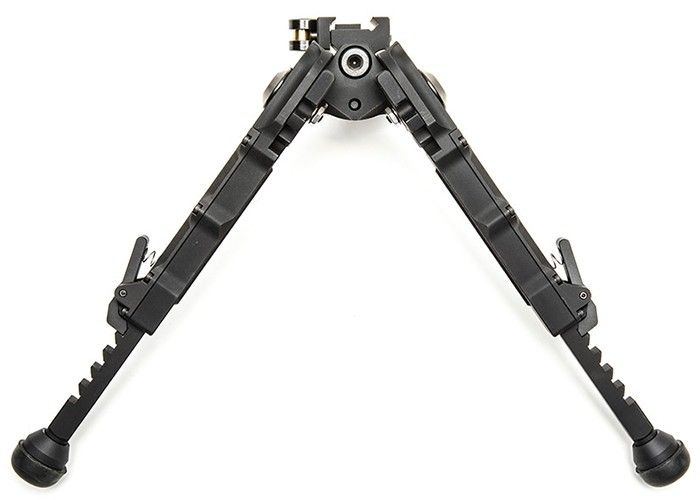
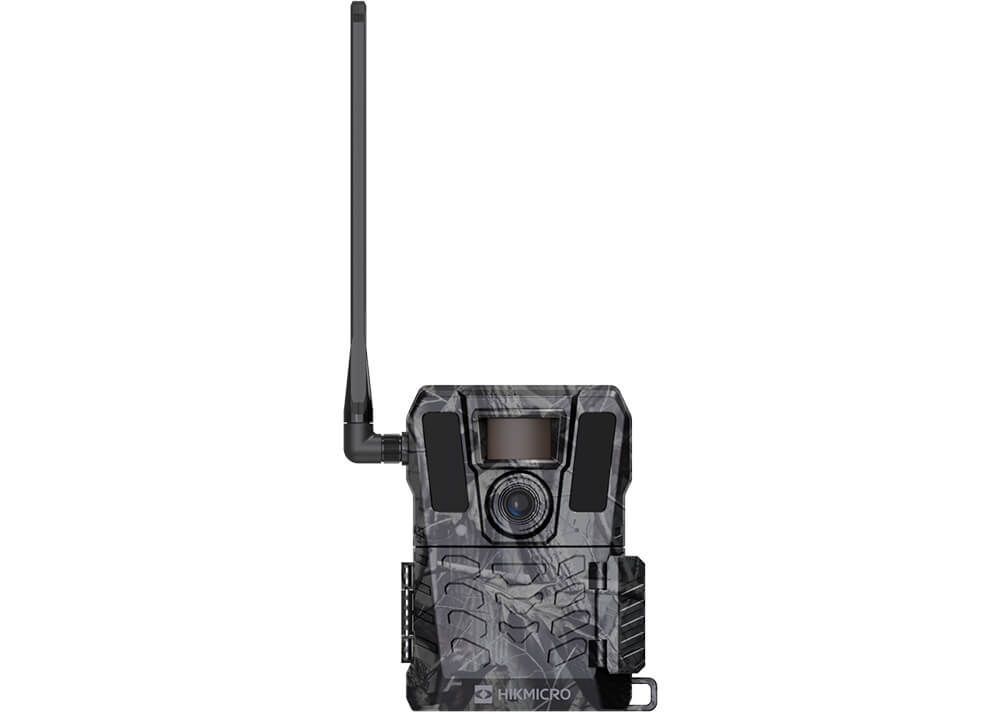
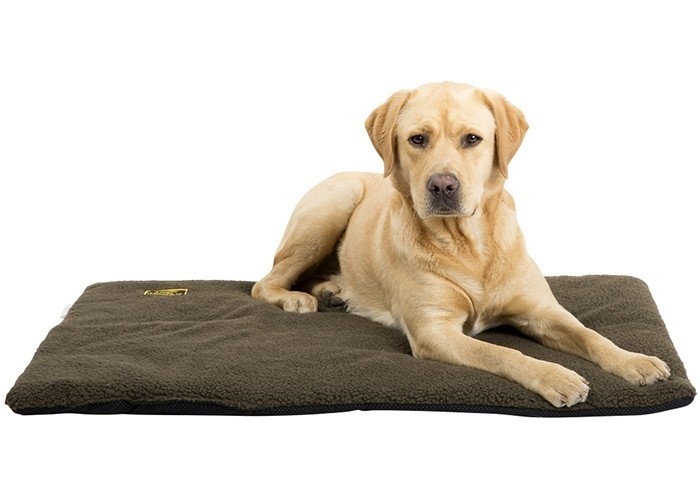
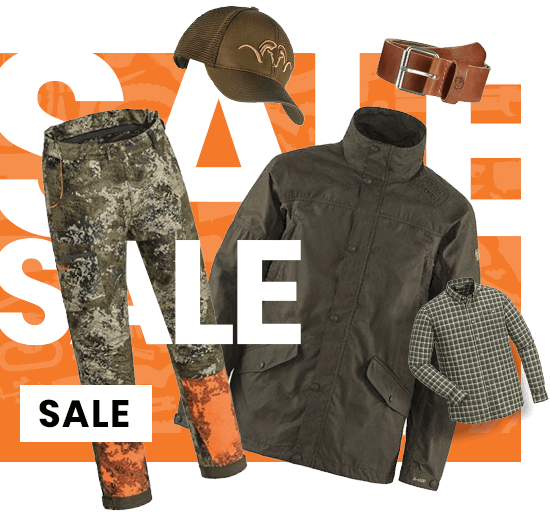
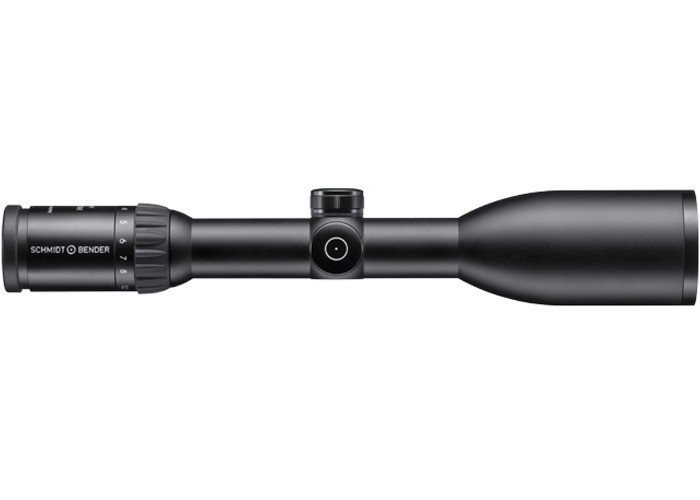



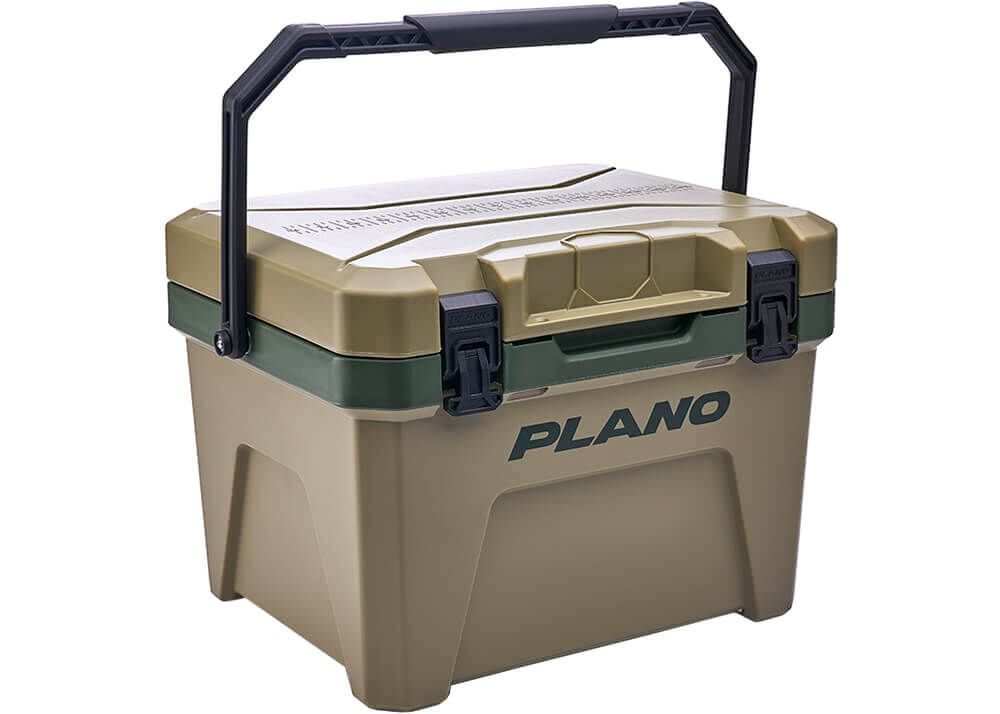
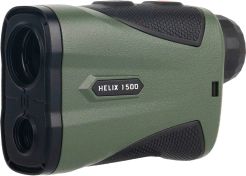


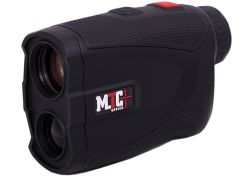
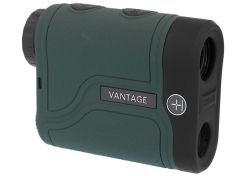
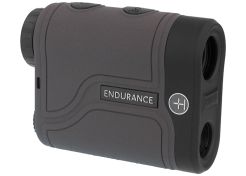

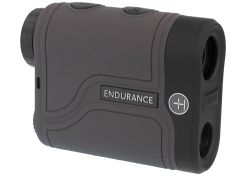
 Fast & secure delivery
Fast & secure delivery Secure shopping & payment
Secure shopping & payment Lots of expertise
Lots of expertise